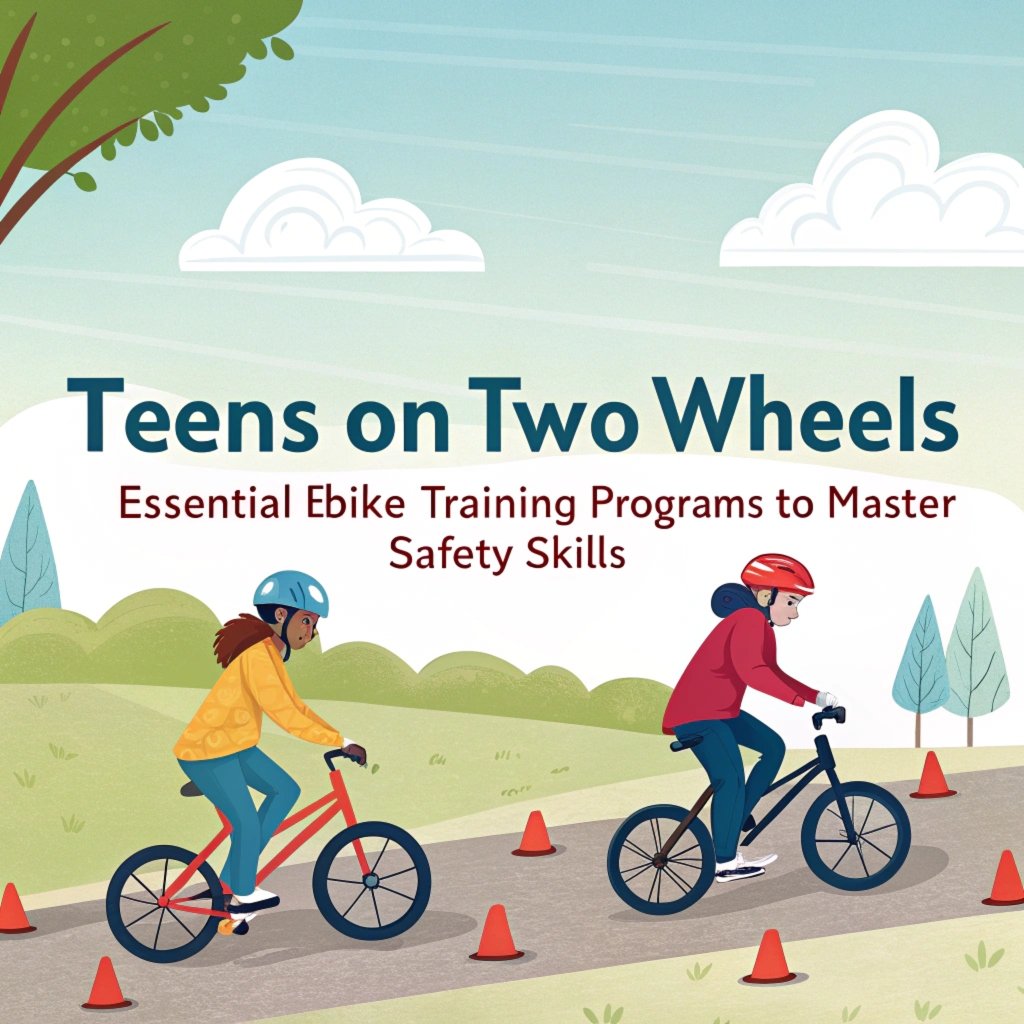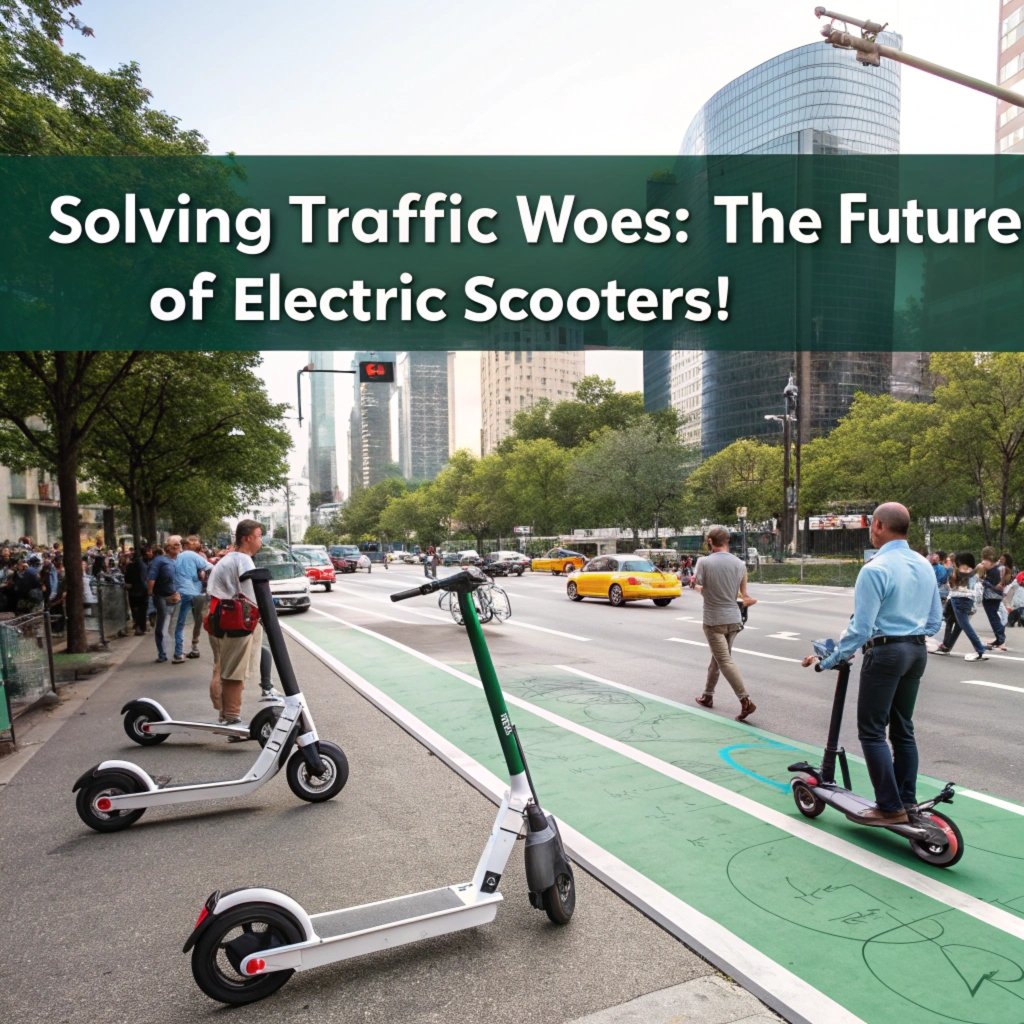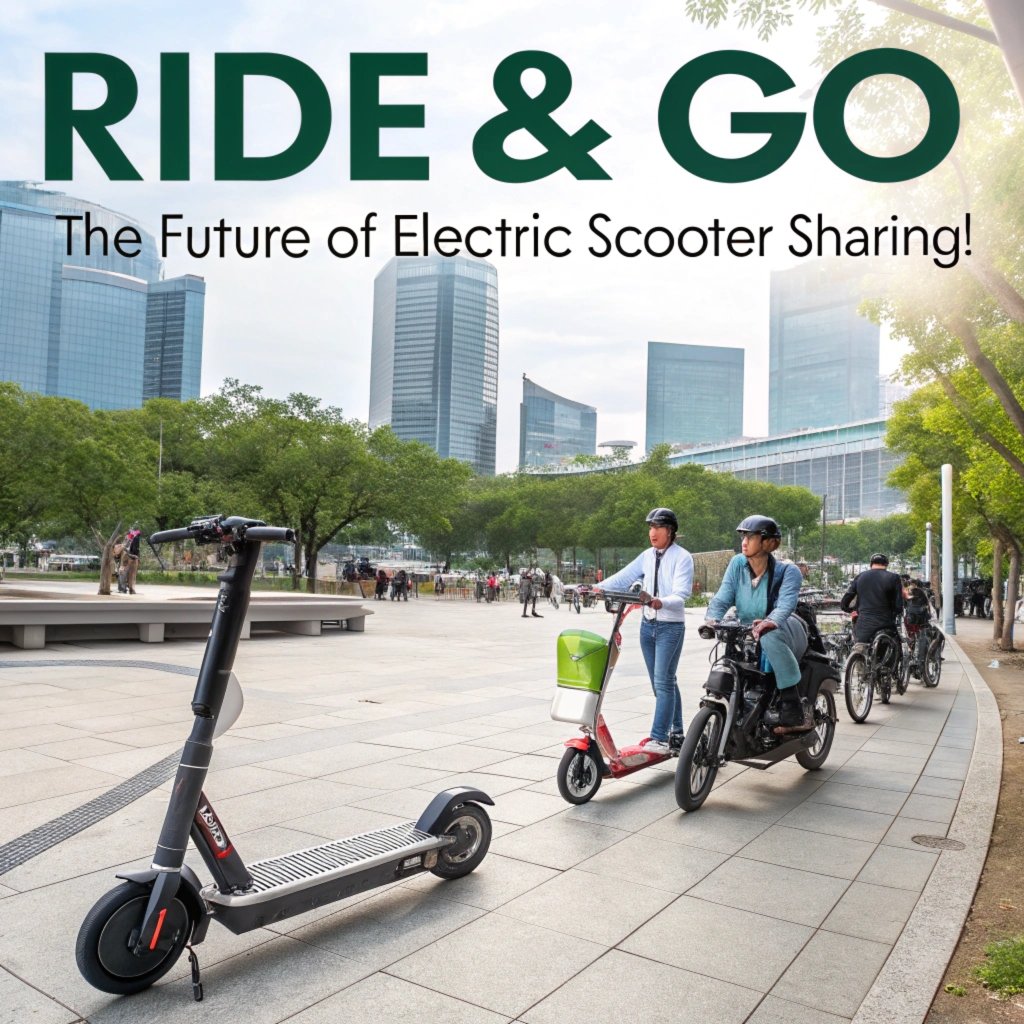Are you ready for an adrenaline rush like no other?
As a teenager, riding an electric bike can be thrilling. But before you hit the trails or roads with your new set of wheels, it’s time to get one thing straight – eBike Training Programs for Teens – safety first.
Whether you’re cruising around campus or tackling off-road adventures, proper training is crucial for avoiding accidents and staying safe.
Not only will learning these essential skills improve your riding confidence, but also reduce the risk of injury. And who doesn’t want that?
With eBike-specific programs like these, you’ll be better equipped with everything needed to ride safely and enjoy every moment on two wheels.
From basic bike handling skills to navigating obstacles, we’ve got you covered.
The Importance of E-Bike Safety Training for Teens
When getting on two wheels, safety is top priority. As a rider, it’s crucial that bike skills and knowledge be learned early on so they become habits.
A lot of e-bike accidents happen when riders aren’t aware of their surroundings or aren’t paying attention to road rules and regulations. This can include not stopping at stop signs or red lights, riding too close to parked cars, or not using hand signals. These actions increase the risk of a collision and could have devastating consequences.
To minimize these risks it’s helpful for teens on two wheels to take an e-bike safety course that covers important topics such as bike maintenance and repair, how to properly wear safety gear like helmets, gloves and knee pads. Many courses also teach proper riding techniques like using brakes effectively, maintaining speed limits and being visible to other drivers.
Additionally these courses will cover rules of the road such as right-of-way laws for pedestrians bicycle riders motorist interactions with horses or livestock on the road, how to handle a bike after an accident and much more.
Understanding Bike Regulations and Laws in Your Area
Biking is only as safe as the knowledge of local bike regulations. To ride safely on an eBike, you need to understand traffic rules that pertain specifically to eBikes.
*Mastering Bike Regulations: A Key to Safe Cycling*
Researching regulations in advance can help prevent tickets and accidents from occurring.

Some key areas to research include:
Helmet Use
Are there specific guidelines for helmet requirements? For example, some states or cities require helmets with a certain certification mark like CPSC (Consumer Product Safety Commission). This is crucial because not wearing the right gear can leave you vulnerable on the road.
Lighting Requirements
Do your area’s laws specify what types of lights are allowed on eBikes? Perhaps there’s an obligation to have white front light visibility, and red rear reflectors?
Restricted Bike Paths and Roads
Which paths and roads are designated specifically for eBike use, such as bike lanes or bike-share routes?
Researching regulations in advance can help prevent tickets from piling up. It may also alleviate some of the stress associated with unfamiliarity on public roads.
Some key things to know when it comes to eBike regulations include:
Helmet requirements
Look for certifications like CPSC approved helmets.
Lighting guidelines
Check if there’s a minimum brightness requirement or specific types of lights allowed. In many jurisdictions, this includes the need for a white front light and red rear reflectors.
Don’t let confusion on bike regulations lead to fines and accidents. Stay informed about your local laws and ride with confidence!
Choosing the Right eBike Gear and Accessories
The Safety Net: Equipping Yourself for a Spine-Tingling Ride
When was the last time you found yourself in a tight spot on your bike, and poor gear choices put your safety at risk? It’s easy to get caught up in the excitement of hitting the trails or cruising down city streets, but don’t let complacency be your downfall. Your eBike gear should be more than just a pretty face – it should keep you alive.
Let’s talk gloves – those often-overlooked heroes that protect us from road hazards like thorns, broken glass, and other nasty surprises. Breathable materials like leather or synthetic mesh are the way to go for comfort during long rides without sacrificing protection. Don’t risk getting torn up by a stray branch or stuck with glass shards in your hands – invest in gloves that’ll keep you griping on.
Helmets come in different styles, but when it comes to safety, one type reigns supreme: full-face helmets certified by the Consumer Product Safety Commission (CPSC) or Snell Memorial Foundation. Don’t just choose a helmet because it’s trendy; choose one that fits snugly and protects your precious melon.
Visibility is key – especially in heavy traffic or at night. Lights aren’t just for show, folks! Bright colors like neon green, reflective strips on the side of the bike, and secure mounting systems will keep you seen by motorists. Think about it: how many close calls could have been avoided if your light hadn’t flickered out?
For thrill-seekers or those jumping into eBike stunts – don’t even get me started! Safety gear like knee pads and elbow guards shield you from road rash when accidents happen.
You may feel a sense of freedom with your new bike, but owning your own helmet can mean life-or-death situations. By investing in quality safety gear, you’ll ride fearlessly for years to come.
Additional tips:
- Choose gloves that let air pass through.
Consider visual aids like diagrams or images of helmets and lights to better illustrate the points being made
Look into local bike laws regarding eBike regulations – they can vary significantly by region.
Basic Maintenance Skills to Keep Your eBike Running Smoothly
Regular bike maintenance is essential to ensure your e-bike runs smoothly, efficiently, and safely. This includes checking tire pressure, cleaning and lubricating your chain, and inspecting brake pads.
To maintain stable and efficient pedaling on an e-bike, you must check your tires regularly. For example, underinflated or overinflated tires can lead to reduced performance, increased wear on components, and even accidents. If you ride frequently or in hilly terrain, consider checking tire pressure every week instead of once a month.
A dirty chain is like a ticking time bomb for your drivetrain – neglecting regular cleaning can cause damage to gears or derailing. Cleanliness also helps prevent rust from forming in areas where moisture accumulates. As the famous saying goes, “a clean bike is a happy bike!” Try using a degreaser and brush to remove grime and debris.
Don’t forget to inspect your brake pads regularly! Worn-out brake pads can lead to reduced stopping power or even accidents. According to experts at REI, it’s recommended to check brake pad wear every 1-2 weeks and replace them when necessary (1/8 inch maximum wear). Failure to do so may result in catastrophic consequences.
By staying on top of regular checks, you can ride confidently knowing that your e-bike is running smoothly. This will help you enjoy the ride even more with electric assist!
Getting Familiar with Local Roads, Trails, and Traffic Patterns
Mastering local road conditions is crucial for safe and enjoyable e-bike riding. To start, familiarize yourself with busy city streets and heavy traffic.

To stay visible on crowded roads:
- Always wear bright clothing or reflective gear to increase visibility
- Consider adding lights, mirrors, or other accessories that can make you more noticeable
Navigating local roads is intimidating for new e-bike riders because of the numerous hazards such as potholes, uneven pavement. To mitigate these risks:
– Inspect your bike regularly before riding on busy streets.
– Check tire pressure and brakes to ensure they are functioning correctly
A pothole can cause a loss of control or even damage your front wheel.
You’ll also want to research local trails before heading out:
- Find trails that suit e-bikes, such as flat roads with minimal obstacles.
- Be aware of any warning signs along the trail indicating potential hazards like loose gravel or steep drop-offs.
The unexpected appearance of water on a path can cause you to lose your balance and crash.
As an e-bike rider navigating traffic patterns:
– Always check both sides before crossing busy streets
For example, never assume cars will stop for you even though they should.
Here are the tips mentioned above in action:
Always be aware of road signs along your route that indicate potential hazards like uneven terrain or obstacles.
If you’re riding on a steep hill and there is no traffic lane keep to the left side when going downhill.
When biking through city streets:
Keep an eye out for potholes, as they can cause damage to your e-bike’s wheels.
Navigating Different Road Conditions for Young Riders
Never put off learning essential eBike training programs, or young riders will be at risk.
Learning how to handle different road conditions is a must-have skill for any young rider. This includes navigating rough roads, intersections, and inclement weather. The earlier they learn these skills the safer their riding experience will be.
Properly trained eBikers have reduced anxiety on busy streets because of their confidence in managing challenging situations.
A well-structured training program can help alleviate fears about road conditions by teaching young riders how to steer around obstacles with ease and make informed decisions under pressure. This, in turn, makes them more confident when riding.
Taking the necessary precautions from an early stage is vital for a safer eBike community.
By enrolling their kids or warding off the habit of ignoring traffic rules you can ensure that young riders develop essential skills to handle tough road conditions without feeling overwhelmed.
Act now and secure your family’s safety on two wheels by investing in quality training programs.



